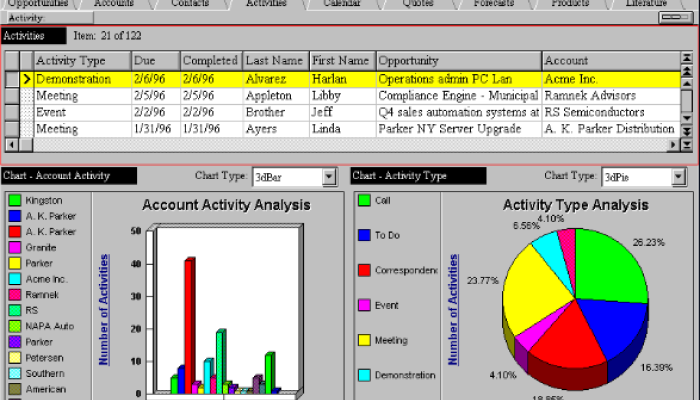
Picture this: a bunch of sales leaders around the globe, in their comfy swivel chairs, are brainstorming ways to boost their sales. Finally, they come up with their solution: let’s give the reps one more thing! Yes, one more app, one more course, one more everything. It’s akin to asking someone to juggle while riding a unicycle, blindfolded. Can it be done? Maybe. Should it? Well, what do you think!?
According to a recent Gartner poll, only 25% of B2B sellers feel they can juggle all the balls thrown at them. Yet, when they do drop one, sales leaders throw them…wait for it…more technology. Because, you know, when you’re drowning, surely an extra bucket of water will help!
The data drops a truth bomb: sellers overwhelmed by tech are 43% less likely to meet their targets. It’s not just about missing a few sales – it's like aiming for a dartboard and hitting the wall. According to a recent article in the Harvard Business Review, new technology is frequently making reps’ jobs more cumbersome, and still has a ways to go.
From Tool to Ally
Sales tools were meant to be the wind beneath a seller's wings. But nowadays, they feel more like chains weighing them down. Technology, instead of streamlining things, has often complicated the journey.
However, with the recent advancements in AI, there's a glimmer of hope. What if, instead of heaping more tools onto sellers, we let the tools do more of the heavy lifting?
As per Gartner's vision, there are four evolutionary stages of sales tech maturity:
Stage 1: Simple automation— salespeople use basic automation tools and AI that assist with simple activities.
Stage 2: Assisted selling — Salespeople use AI-assisted automation tools to improve productivity.
Stage 3: Automated selling — Technology is a full part of the sales team and plays an active role in decision-making and execution.
Stage 4: Autonomous selling — Technology can completely automate the sales process and make decisions on its own.
In Stages 1 and 2, humans make decisions and execute with the help of technology. But in Stages 3 and 4, there is a shift to machines making decisions and executing tasks (with human guidance), with both man and machine sharing actual responsibility.
Though it’s still hard to imagine a fully-autonomous system (Stage 4) for intricate B2B sales, many organizations are currently stuck (and overwhelmed) on Stage 2.
What the future looks like
The current advantage (most) human salespeople have is their ability to “read” their prospects’ body language, vocal tone, word choice, and everything else humans glean about each other in order to get a feel for what the other person is thinking.
The sales technology of the future will (supposedly) be able to do all of those things just as good as a human sales rep through natural language processing and emotion AI. Picture accurate real-time feedback during sales pitches, highlighting moments of strong buyer reactions, while offering a chance for instant adjustments.
In the meantime
From Harvard Business Review: “In the future, the role of the salesperson will be about doing fewer things, but doing them better. Sales leaders must combine the transformative power of AI with the uniquely human capabilities of their salespeople to drive high-margin deals.”
But in the meantime, sales leaders and teams would be wise to ensure the tools their teams are using are helping them sell, rather than simply adding more busy-work. There are many effective sales technologies out there (many of which we highlight in this very newsletter). The future is fast approaching, and new tech can’t be ignored. But if it’s not helping your team sell, then it needs to go back on the shelf.







